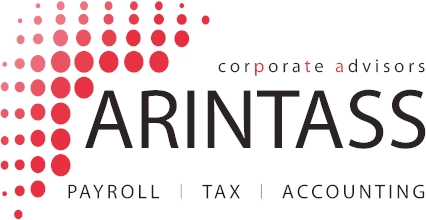 The European Union has implemented mechanisms to address concerns regarding Value-Added Tax and cloud computing transactions (Cloud Computing Taxation).
The European Union has implemented mechanisms to address concerns regarding Value-Added Tax and cloud computing transactions (Cloud Computing Taxation).
Cloud computing raises uncertainty regarding characterising and determining the jurisdictions for Value-Added Tax (VAT) on transactions between international businesses. Cloud Computing refers to internet transactions hosted by a network of remote servers, in contrast with transactions managed by a local server or personal computer. The European Union (EU) has attempted to address issues around cloud computing.
Concerns – Cloud Computing Taxation
The rapid growth of cloud computing leaves countries vulnerable to tax avoidance. Cloud computing enables quick transactions with minimum communication between providers and consumers that can be accessed anywhere without border control. Cloud computing uses resource-pooling, so resources are assigned and reassigned according to demand. Thus, transactions involve multiple instantaneous exchanges across jurisdictions. The complexities of cloud computing create regulation difficulties for authorities.
Characterising Transactions – Cloud Computing Taxation
Cloud computing blurs the distinction between goods and services. To overcome this, the EU introduced a new category, which covers most cloud computing, called electronically supplied services (“ESS”). ESS refers to transactions delivered over electronic networks, automated in nature with minimal human interaction.
Cloud computing also makes it unclear whether transactions are between two businesses or between a business and consumer. The EU uses VAT registration number or identification number (VRN or VIN) to authenticate and distinguish between transactions.
Determining Location – Cloud Computing Taxation
The final consumer ultimately pays VAT, but cloud computing makes it difficult to determine the tax location. The EU uses the destination principle for VAT. Thus, in the EU, for business to business transactions, the tax jurisdiction is where the business consumer is established. For business to consumer transactions, tax is paid in the jurisdiction where the consumer permanently resides.
Combatting fraud and abuse – Cloud Computing Taxation
Cloud computing creates opportunities for VAT evasion given the lack of visibility and speed of transactions. The EU established the VAT Information Exchange System (VIES) which requires member states to exchange tax information. This regime increases transparency and assists in uncovering abuses in the EU market. However, the VIES regime is criticised for delays. To make information exchanges swifter, it has been suggested that the EU introduce uniform standardised digital invoicing automatically provided online to tax authorities.
Compliance – Cloud Computing Taxation
The EU established the Mini One Stop Shop regime (MOSS) to simplify registration, thus improving VAT compliance. It enables businesses supplying electronic services to EU consumers to register in one Member State instead of registering in each EU jurisdiction they supply. While increasing VAT compliance, MOSS has lowered businesses’ costs.
A real-time block-chain system may improve VAT compliance, it involves storing electronic ledgers of transactions on internet-linked computers holding identical copies. This enables secure data sharing with immediate access for users, thus improving transparency and reducing fraud.
The EU has mechanisms addressing concerns of cloud computing taxation, but more changes are needed to keep up with the growth of digital transactions. For information, please contact our office.
Víctor Sáez
